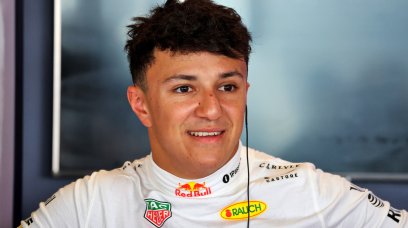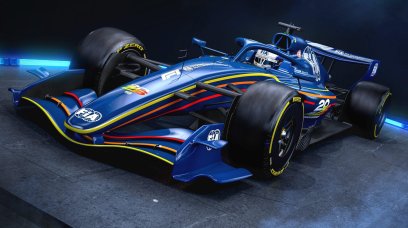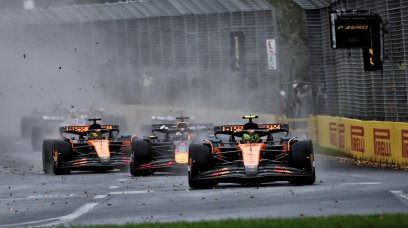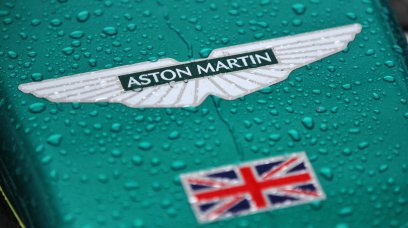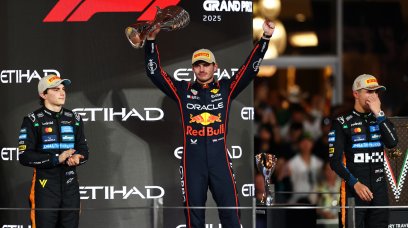After the dramas of Saturday's wet qualifying session for the Canadian Grand Prix leading to an unusual order at the head of the field, Sunday's race looks set to be much more straightforward from a weather perspective. With dry, cool, and calm conditions forecast for the event, the main worry the drivers will have at the start is the fact the circuit will be somewhat lacking in grip compared to where it should have been had Saturday been dry. This will have an effect on the rate of tyre wear, opening up the possibility of drivers taking on a two-stop strategy if that wear rate proves more than optimal. Pirelli expect a one-stop strategy to be the quickest available, with the optimal solution being to start on the Medium compound before a mid-race switch to the Hards. Starting on the Soft is also possible, but starting on the Mediums gives the drivers a wider pit-stop window and a little more flexibility. This is due to the drivers needing to stop slightly earlier if they start on the Softs, as well as then having a longer second stint. Crucially, a two-stop strategy isn't significantly slower in Montreal. This is due to the track layout seeing drivers essentially bypass the last and first corners, as they merge back in through Turn 2. For the likes of Ferrari's Charles Leclerc starting from the back, a good strategy for him may be to start on the Hard tyre and persevere through the race – a Safety Car intervention is reasonably likely at the Circuit Gilles Villeneuve, and such an intervention could bring him back into play depending on the timing. Track position isn't everything either, as it's a track at which overtaking is reasonably straightforward if you're quicker than the driver in front, meaning the two-stop strategy is vastly more appealing than it would be at most venues.
Isola reviews qualifying
After the challenges of qualifying in the rain on Saturday, Pirelli boss Mario Isola looked back over the tricky hour-long session. "With the risk of rain identified, the drivers had an extra set of Intermediates allocated for FP3 per the regulations," he said. "In qualifying, the track was ready for Intermediates at the end of Q1, although the crossover point between full Wets and Intermediates was somewhat higher than we had anticipated. "While the track dried reasonably quickly, it was inconsistent: with some parts fully wet, some parts damp, and other parts dry – leading to an exciting qualifying that really tested the skills of the drivers. "As we have just one specification of full Wets and Intermediates homologated for the entire year, these tyres obviously have to be extremely adaptable to a very wide range of circumstances, including the unique conditions we saw here in Canada. "The Wets and Intermediates did exactly what was required here, with only one driver trying the slicks in Q3, but conditions were still too wet. "It should be a very different story tomorrow, so now the teams have to make the most of the information obtained on Friday."
Most read
